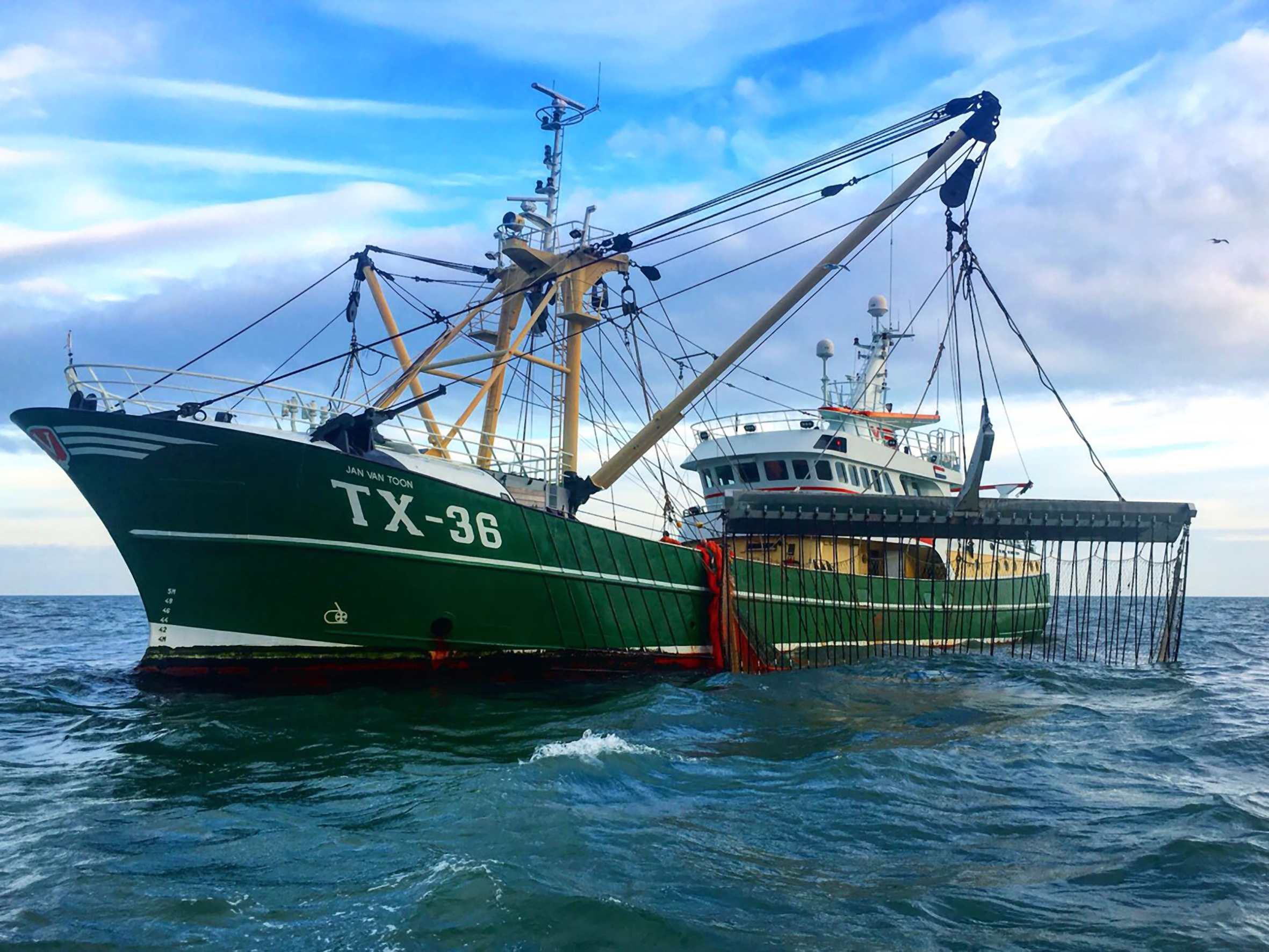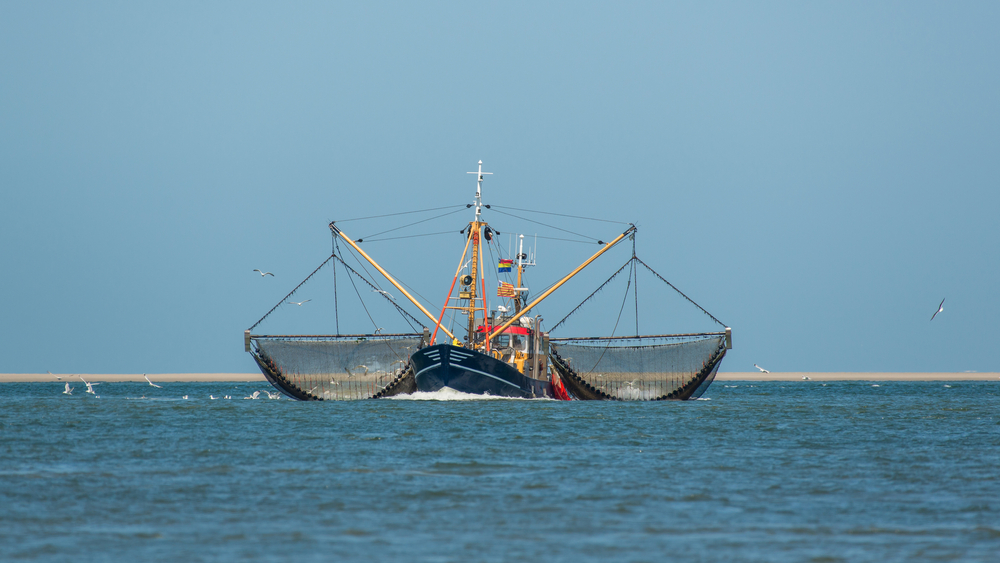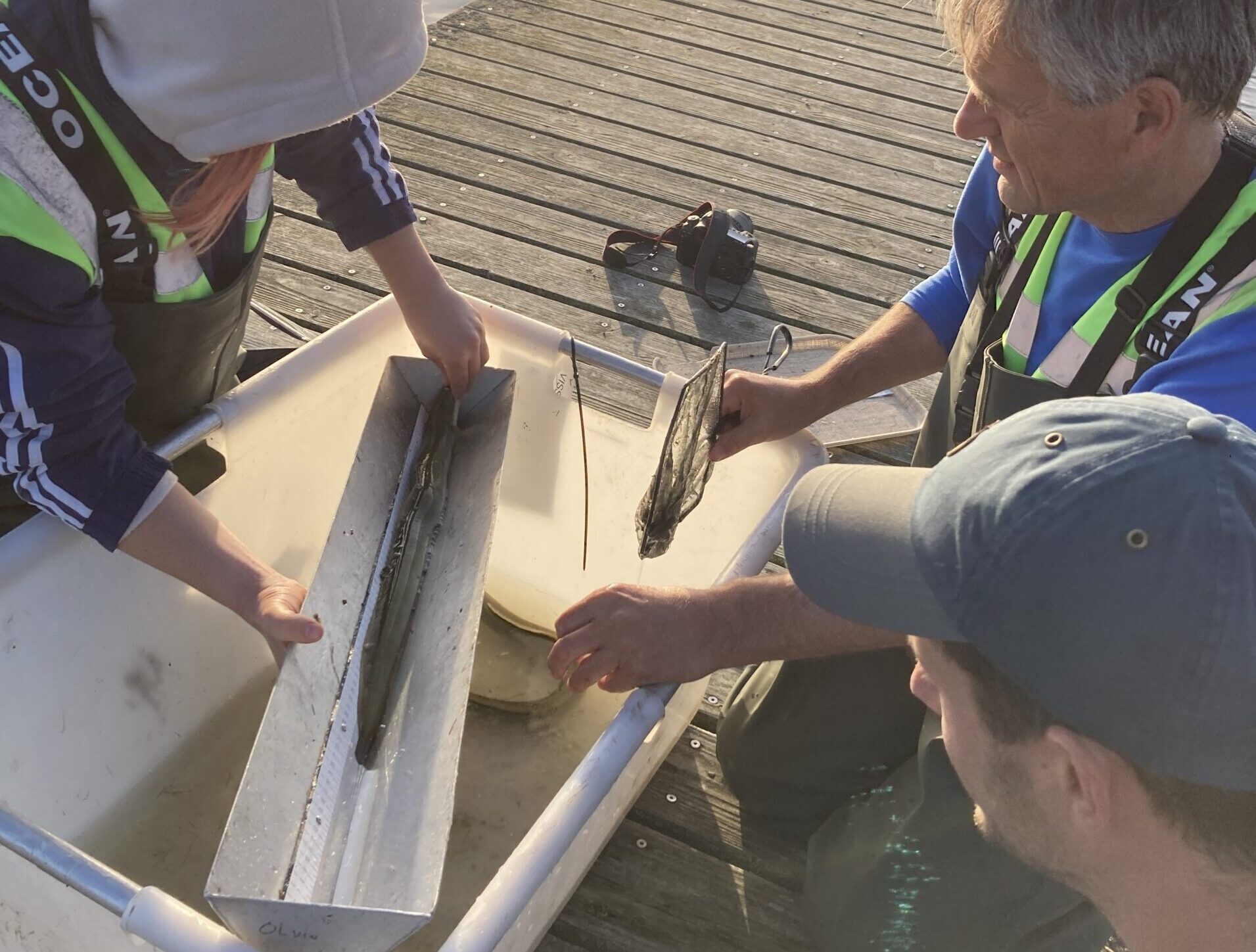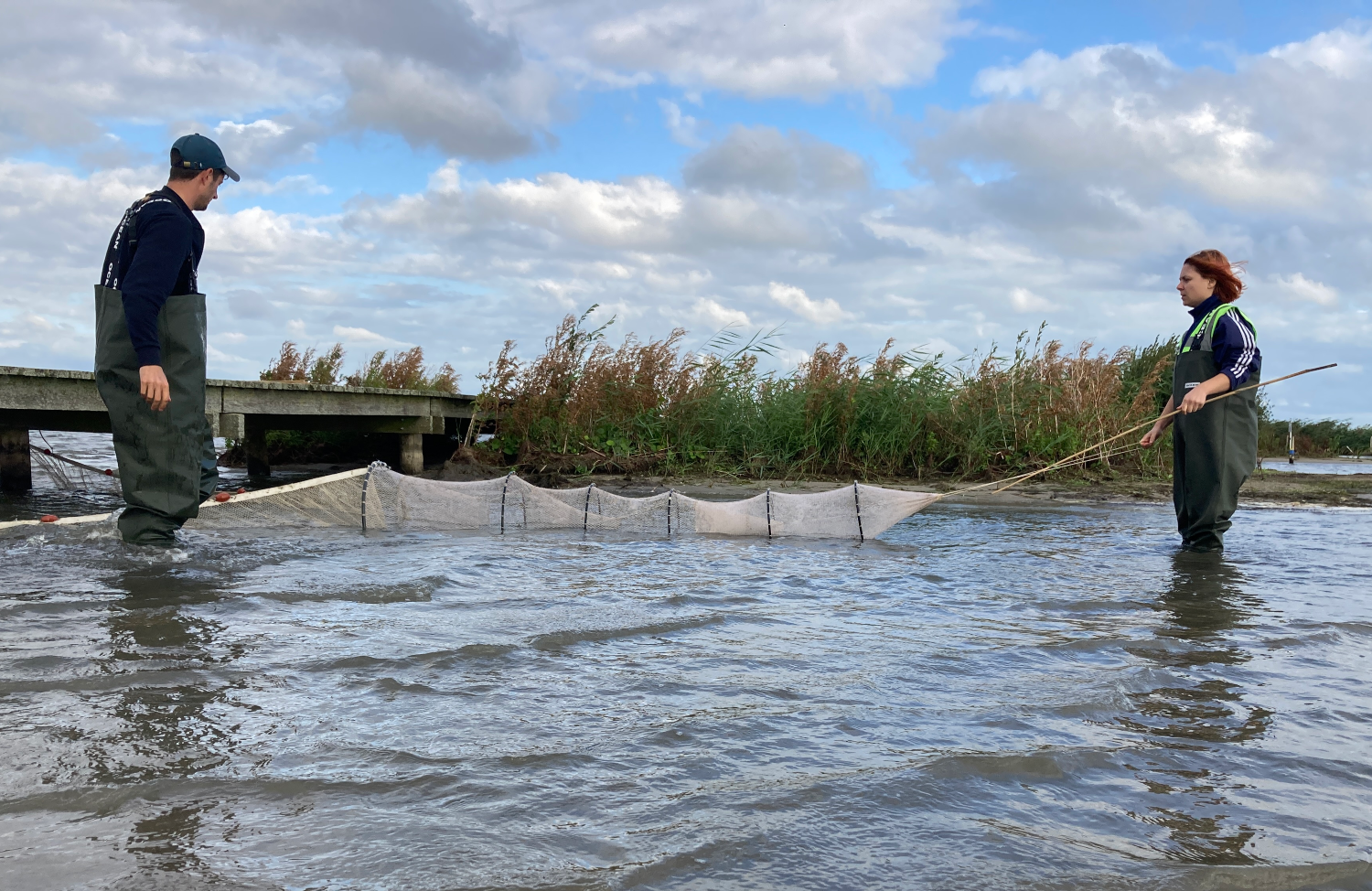It is now two years since Pim Boute got his PhD in the Experimental Zoology chair group and he currently works at the University of Groningen. Even so, we have good reason to phone him, as his conclusions on pulse trawling have recently been published in Frontiers in Marine Science.
What is the significance of this publication?
He has not been inundated with responses, says Boute. ‘The fishing industry has a lot of new worries to deal with: high fuel prices, nitrogen, ever more offshore wind farms, and fleet rationalization. I suspect the pain of the EU’s ban on pulse trawling has ebbed somewhat.’ He hopes Europe will eventually overcome its aversion to this method of fishing. ‘Pulse trawling deserves another chance, especially given that there are options for improving and refining the technique.’
So Boute’s findings, which have now been peer reviewed and published, are not an argument for a ban?
Boute found no evidence that this method of fishing harms marine life in terms of the direct effect of the electric field on marine organisms. That does not mean the method will never cause damage, for example due to local overfishing or when pulse trawling in areas that had previously been undisturbed. But that applies to all methods of fishing. Scientific findings have consistently shown that pulse trawling has less of a negative impact than conventional beam trawling with chains.
Surely it was already known that there was almost no scientific justification for the ban on pulse trawling?
That’s right. Opponents, in particular the French fishing industry, claimed pulse trawling was disastrous for the ecosystem because the electric pulses drove away organisms, or attracted them. ‘There is no life left in the seas where pulse trawlers have been operating,’ was their criticism. But Boute’s results show otherwise. He found that fish demonstrate a behavioural response to the electric field up to 80 centimetres from the electrodes at most, and fish at that distance are likely to end up in the net anyway.
He also found no difference in the sensitivity of the dogfish or thornback ray, fish species that have electroreceptors known as ampullae of Lorenzini. In addition, he found hardly any negative effects from the electric pulses on other marine organisms. Various fish species were found not to be affected by internal wounds due to the electric stimulation — with the exception of cod, although Boute expects that effect to be negligible at the population level. Invertebrates that live on the seabed, such as starfish and sea mice, hardly react at all to the electric pulses.
Background
In pulse trawling, the fish (with sole as the target) are driven into a net with the aid of electric pulses. The method was banned after opposition from the French fishing industry in particular. The Netherlands then took the case to the European Court of Justice, arguing the decision lacked scientific justification while insufficient weight had been given to the benefits (less disturbance of the sea bed, less bycatch, lower fuel consumption). However, the Court ruled that the legislator has considerable powers to make its own judgement and does not have to base this on scientific advice. The decision was a major blow for the Dutch fishing industry, which had invested a lot in the transition.

 Pulse trawler. Photo Jan van der Vis
Pulse trawler. Photo Jan van der Vis 

